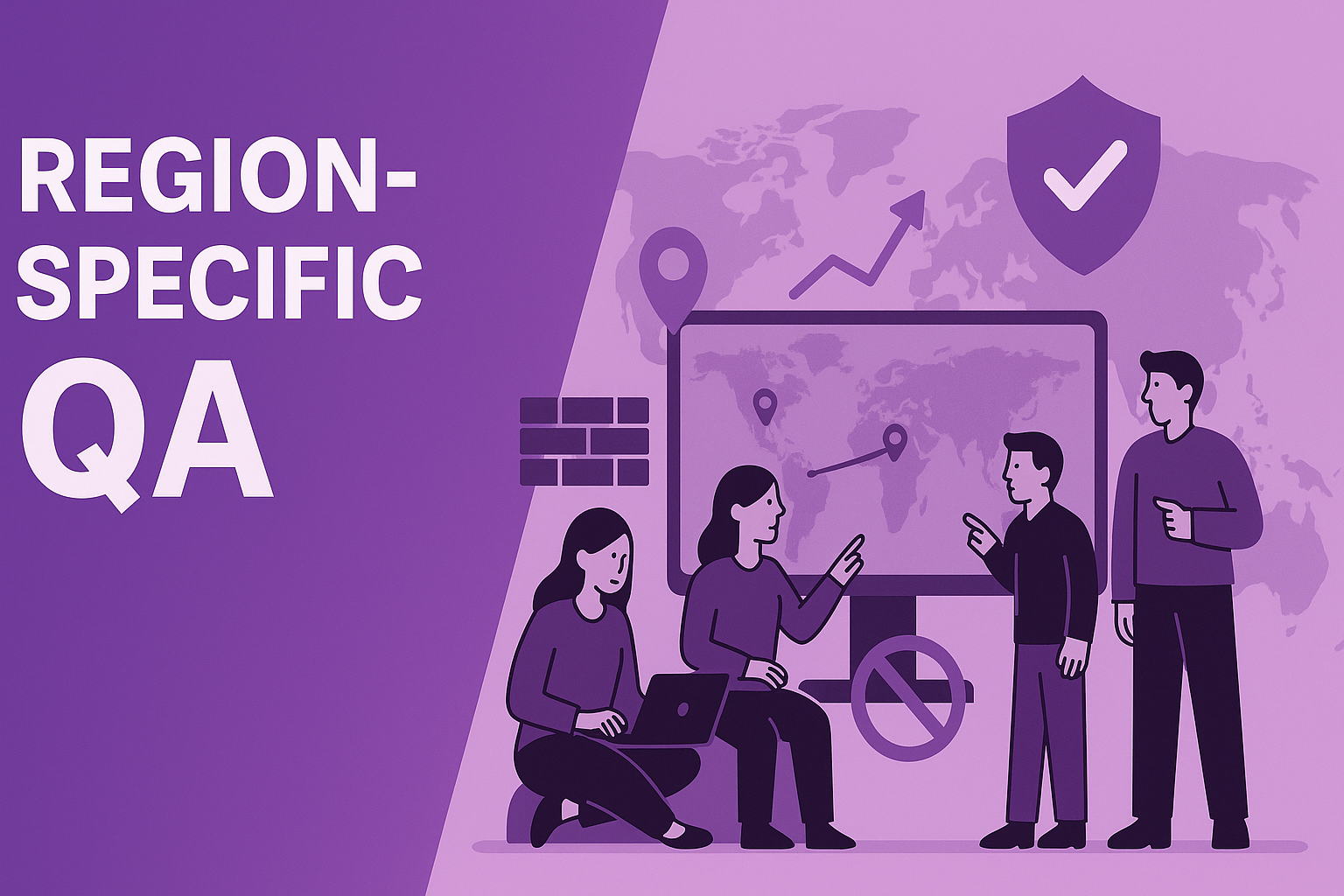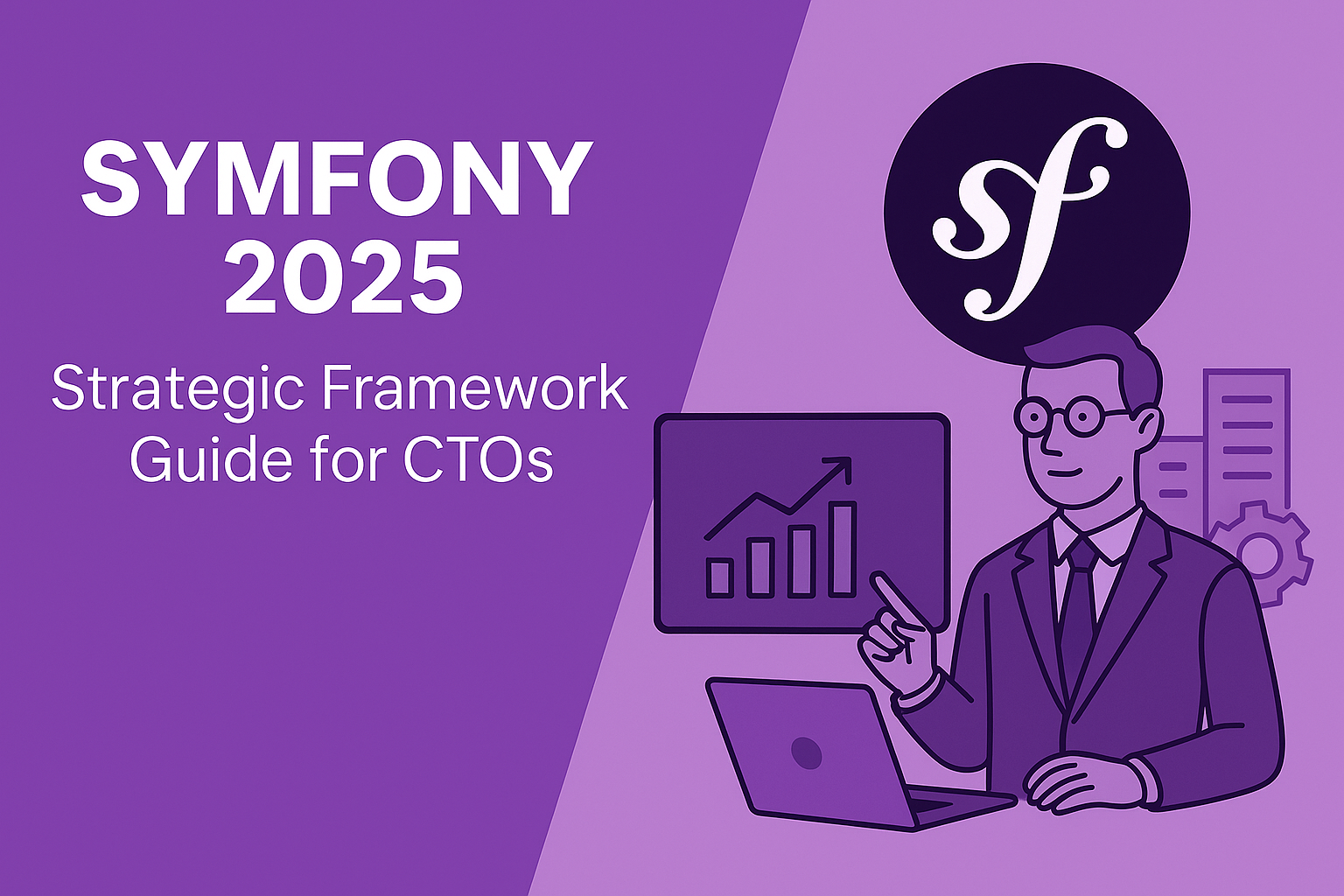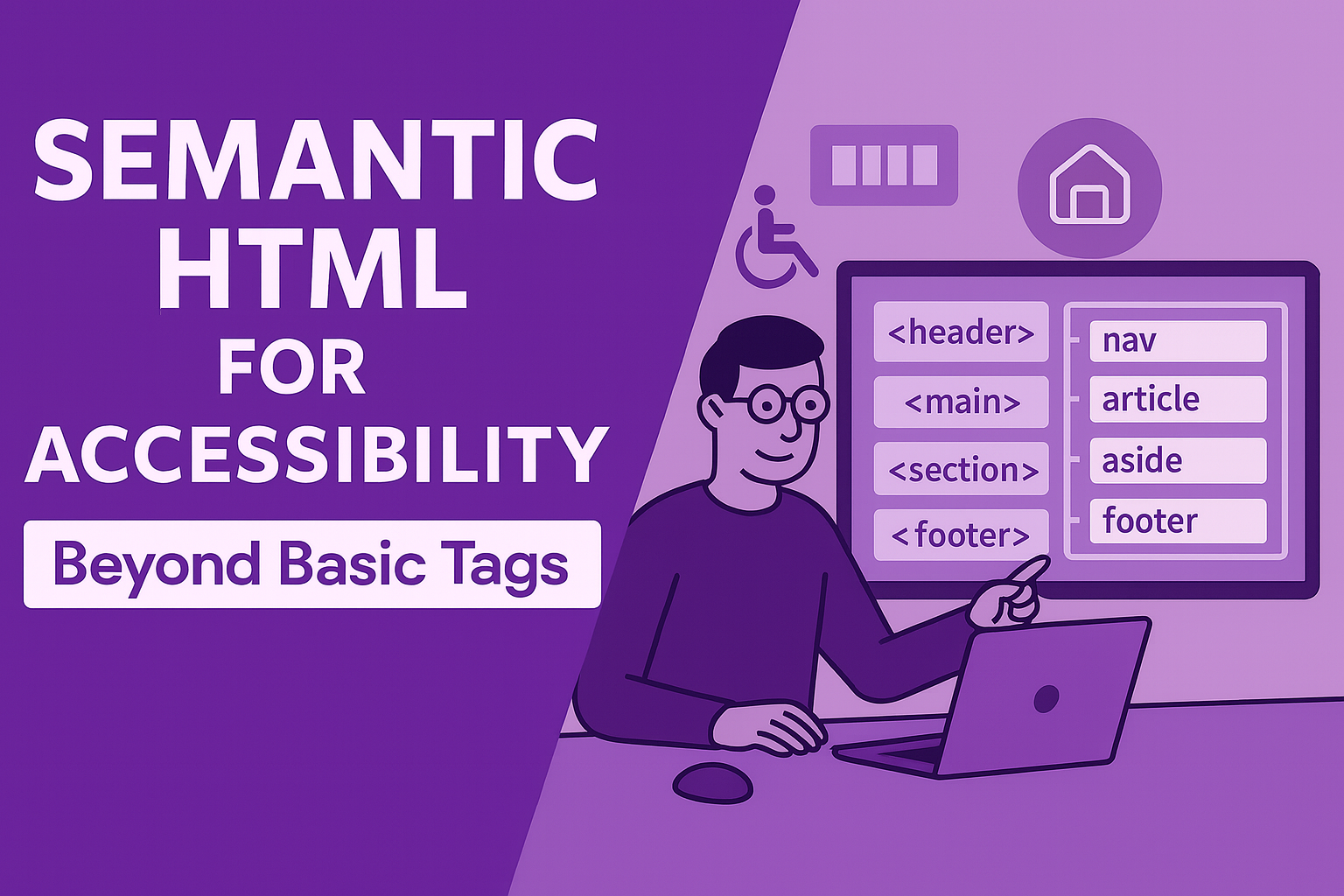Why Global Platforms Fail in Restrictive Markets
The assumption that "if it works in Silicon Valley, it works everywhere" has proven catastrophically wrong for countless companies. Modern web applications rely on complex ecosystems of third-party services, content delivery networks, and external resources that may be completely inaccessible in certain regions.
Consider a typical e-commerce platform that functions flawlessly in the United States. The moment users in mainland China attempt to access it, they encounter broken layouts due to blocked Google Fonts, missing social media widgets from Facebook or Twitter, failed payment processing through restricted services, and JavaScript errors from inaccessible analytics platforms. These aren't minor glitches - they represent fundamental breakdowns in core functionality.
The challenge extends beyond simple website blocking. Restrictive environments often implement sophisticated filtering mechanisms that selectively block resources, creating partially functional applications that appear to work but fail at critical moments. A user might successfully browse products but encounter errors during checkout, or complete a purchase only to discover that confirmation emails never arrive due to blocked email services.
The China Great Firewall Challenge: A Real-World Case Study
The complexity of region-specific QA becomes evident when examining real-world failures behind China's Great Firewall. Our comprehensive case study on Quality Assurance Behind China's Great Firewall reveals how seemingly minor dependencies can trigger cascading failures across entire applications.
In one documented case, a global SaaS platform experienced complete interface breakdown in China despite passing all domestic testing. The investigation revealed that the application loaded Google Fonts through external CDN calls-a standard practice that works seamlessly in most markets. However, since Google services are blocked in mainland China, these font requests timed out, causing the browser to wait indefinitely before falling back to system fonts. This delay cascaded through the application's loading sequence, creating perceived performance issues that users attributed to poor overall quality.
The case study demonstrates how modern web applications have become intricate webs of dependencies. A single blocked resource can trigger timeouts, JavaScript errors, and layout failures that compound into complete user experience breakdown. Traditional testing methodologies, which focus on controlled environments with unrestricted internet access, simply cannot identify these region-specific failure points.
More critically, the study revealed that VPN-based testing- a common workaround many companies attempt-provides false confidence. VPNs create tunneled connections that bypass regional restrictions, meaning applications appear to function normally during testing but fail for actual users. This creates a dangerous blind spot where development teams believe their applications are region-ready when they're actually completely broken for end users.
Essential Components of Region-Specific QA Testing
Effective region-specific QA requires a fundamentally different approach than traditional testing methodologies. Comprehensive QA as a Service must account for the unique technical, cultural, and regulatory constraints present in target markets.
Network Infrastructure Analysis forms the foundation of regional testing. This involves mapping all external dependencies, third-party services, and CDN endpoints used by the application. Every external call must be verified for accessibility within the target region, including checking for alternative endpoints or fallback mechanisms when primary services are blocked.
Real Device Testing in Target Regions eliminates the false confidence created by proxy-based testing. Physical devices located within the target market provide authentic network conditions, including the actual latency, packet loss, and filtering mechanisms that real users experience. This approach reveals performance degradation that may not trigger functional failures but creates poor user experiences.
Content Delivery Optimization becomes critical when primary CDNs are inaccessible. Applications must implement intelligent fallback mechanisms that detect blocked resources and automatically switch to alternative delivery methods. This includes maintaining redundant font sources, image repositories, and JavaScript libraries hosted on accessible infrastructure.
Localized Compliance Testing ensures applications meet regional regulatory requirements beyond basic functionality. This includes data sovereignty compliance, local payment method integration, and adherence to content restrictions that may affect application behavior.
In-Region Testing: Beyond VPNs and Proxies
The limitations of proxy-based testing become apparent when considering the sophisticated nature of modern internet filtering. Advanced filtering systems don't simply block domains—they analyze traffic patterns, implement deep packet inspection, and may selectively interfere with specific protocols or connection types.
Authentic regional testing requires establishing genuine testing infrastructure within target markets. This means deploying test devices that experience the same network conditions, routing policies, and filtering mechanisms as actual users. Only through this authentic approach can teams identify the subtle but critical failures that destroy user experience.
Real-world network conditions in restrictive environments often include variable connection quality, intermittent service availability, and dynamic filtering policies that change based on current events or government directives. Testing must account for these fluctuating conditions rather than assuming static network behavior.
Furthermore, understanding why software testing is important from a complete business perspective reveals that regional QA failures don't just affect technical metrics—they directly impact market penetration, user acquisition costs, and long-term brand perception in critical growth markets.
Technical Failures That Only Regional Testing Reveals
Regional testing consistently uncovers failure categories that never appear in domestic environments. Resource Loading Cascades represent one of the most common yet devastating failure types. When primary resources fail to load, browsers implement fallback behaviors that can create unexpected delays or rendering issues. A blocked analytics script might cause the entire page to delay rendering, creating perceived performance problems that users associate with poor application quality.
Third-Party Service Dependencies create hidden single points of failure. Applications that rely on external APIs for authentication, payment processing, or data synchronization may experience complete functional breakdown when these services are regionally unavailable. The failure often manifests as timeouts or error states that provide no clear indication of the underlying cause.
Font and Asset Rendering Issues frequently emerge when applications depend on external font services or icon libraries. While modern browsers implement fallback mechanisms, the transition often creates jarring visual inconsistencies that damage user perception of application quality and professionalism.
Cross-Origin Resource Sharing (CORS) Complications become more complex in filtered environments where some domains may be accessible while others are blocked. This creates scenarios where partial API functionality works while other endpoints fail, leading to confusing and unpredictable application behavior.
Building a Comprehensive Regional QA Strategy
Successful regional QA requires systematic planning that begins during the architecture phase rather than as an afterthought before launch. Implementing outsourced QA strategies specifically designed for regional complexity ensures comprehensive coverage while maintaining cost efficiency.
Dependency Mapping and Risk Assessment should catalog every external service, CDN, and third-party integration used by the application. Each dependency must be evaluated for regional accessibility and appropriate fallback mechanisms implemented. This process often reveals the surprising extent to which modern applications rely on potentially problematic external services.
Automated Regional Monitoring provides ongoing visibility into application health across different markets. This includes synthetic transaction monitoring from multiple regional locations, real-time performance tracking that accounts for variable network conditions, and alerting systems that can distinguish between global issues and region-specific problems.
Fallback Architecture Design ensures applications can gracefully degrade when preferred services are unavailable. This includes implementing multiple CDN sources, alternative authentication methods, and backup payment processing options that maintain core functionality even when primary services fail.
Cultural and Regulatory Integration extends testing beyond technical functionality to ensure applications meet local expectations and requirements. This includes testing localized content delivery, culturally appropriate interface elements, and compliance with regional data protection requirements.
The investment in comprehensive regional QA pays dividends far beyond avoiding embarrassing failures. Companies that successfully navigate restrictive markets often discover competitive advantages, as many competitors struggle with the same challenges but lack systematic approaches to address them. Regional QA becomes not just a defensive strategy to avoid failure, but an offensive capability that enables confident market expansion and sustainable international growth.
By treating regional QA as a strategic business capability rather than a technical afterthought, companies can transform the challenge of restrictive environments into opportunities for market leadership and sustainable competitive advantage.





